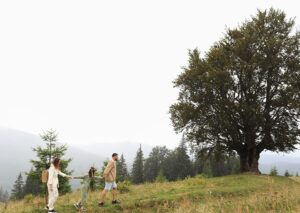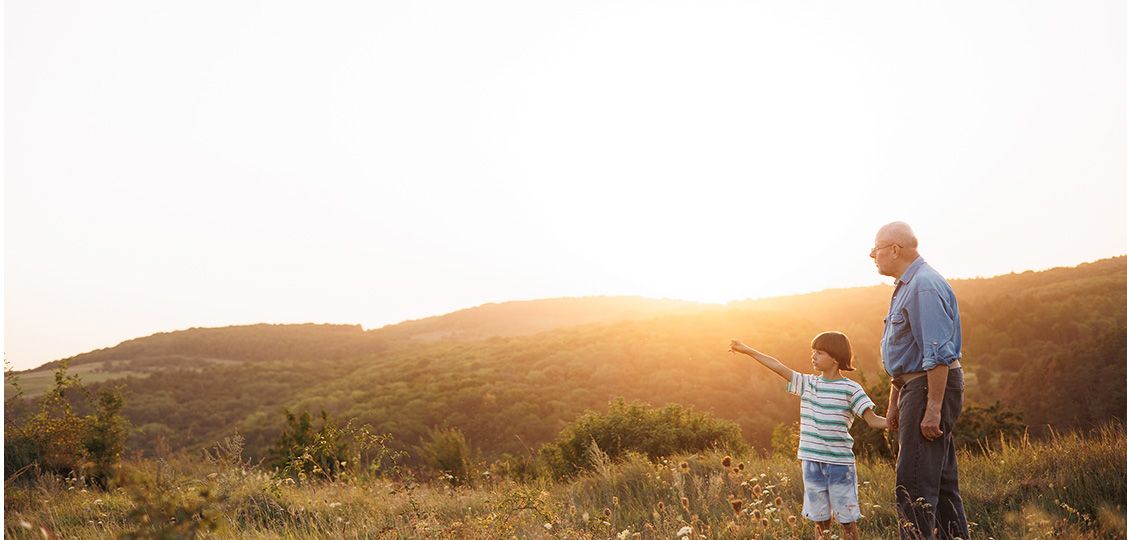Think beyond your lifetime
Buying vacant land isn’t just a smart move for today—it’s a way to leave something lasting. If you’re dreaming of land that your children, grandchildren, or community can inherit, it starts with intentional selection. Look for parcels in stable, appreciating areas with minimal development restrictions. Consider regions with steady population growth, recreational appeal, or state-level conservation efforts. A quiet lot now could become the backdrop of future holidays, cabins, or even family homesteads. Legacy land isn’t just about dirt—it’s about direction, about giving your family a place to return to and build upon.


Know what lasts and why
Not all land holds value the same way. When choosing a legacy parcel, study the land’s long-term viability: zoning laws, flood risk, access to utilities, and community growth patterns. Stable zoning protects your future vision, while low-risk terrain ensures minimal upkeep. Also consider soil quality, water rights, and access roads—details that matter more than aesthetics when thinking long-term. Think of this as an heirloom you’re shaping. Whether you want the land to stay raw and natural or become a future build site, your due diligence now protects your heirs from hard choices later. You’re not just buying space—you’re securing stability.
Safeguard your intentions early
Once you purchase the land, preserving your vision is key. Consider creating a clear estate plan that outlines who inherits the parcel and how it can be used or sold. You might explore setting up a family trust or simple transfer-on-death deed (varies by state). Even informal wishes can spark disputes—clear paperwork prevents that. Think of future scenarios: What if one heir wants to sell but others want to keep it? What if taxes or upkeep become a burden? A clear plan can prevent family rifts. If you want to subdivide later to give each child a slice of the land, check now whether your lot allows for it—or better yet, consider buying a few adjacent lots. Owning side-by-side parcels can open the door to multiple dwellings on the same footprint, offering more flexibility for family homes, guest cabins, or even future rentals. It’s a quiet way to expand opportunity without expanding your footprint. Some counties have strict subdivision rules or minimum parcel sizes. Legacy isn’t just about ownership—it’s about clarity, continuity, and peace of mind.
Create meaning, not just value
The most powerful legacy parcels carry stories with them: a first campfire, a child’s footprints, a shared sunrise. To truly plant roots, invite your loved ones into the land journey while you can. Walk the acreage with them. Talk about your dreams. Let them choose the tree to plant or the trail to blaze. Host family gatherings on the land, even before it’s fully developed. Show them that this place matters—not because of market value, but because of connection. The land becomes more than real estate when it becomes the canvas of shared memories. And when it’s time, hand over more than just coordinates—hand over memories, intentions, and the quiet promise that they now steward something enduring. Because land isn’t just passed down. It’s lived into, shaped by hands and hearts over time, generation after generation.



